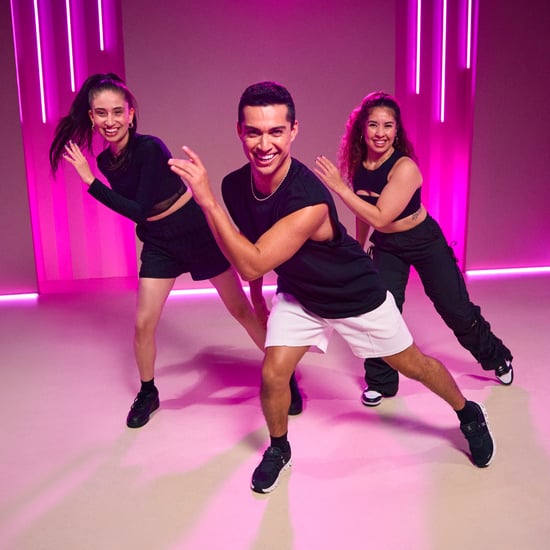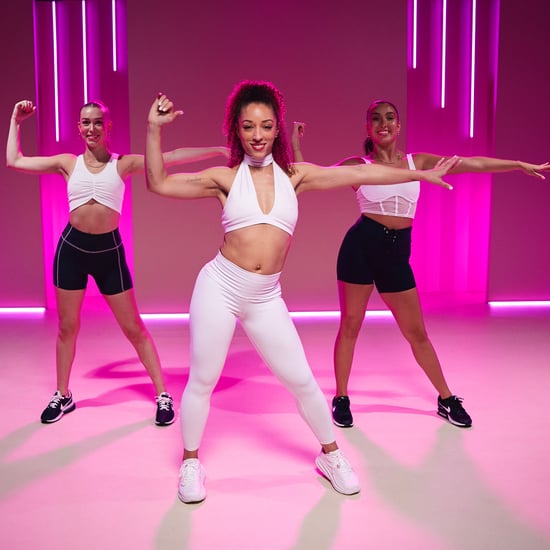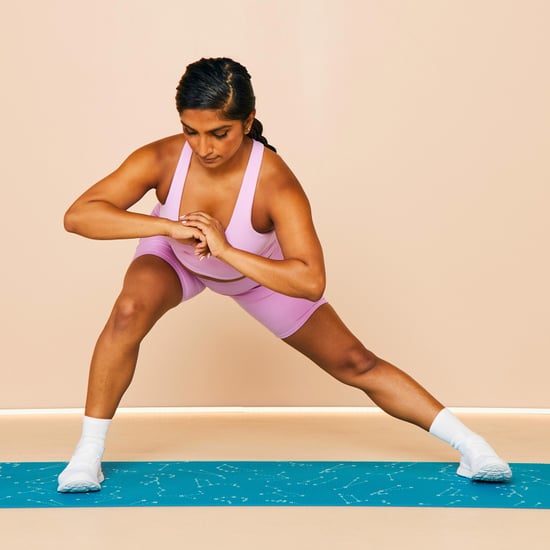Cossack Squats Will Intensify Leg Day and Tone Your Core
This Challenging Squat Variation Will Boost Your Flexibility, Mobility, and Strength
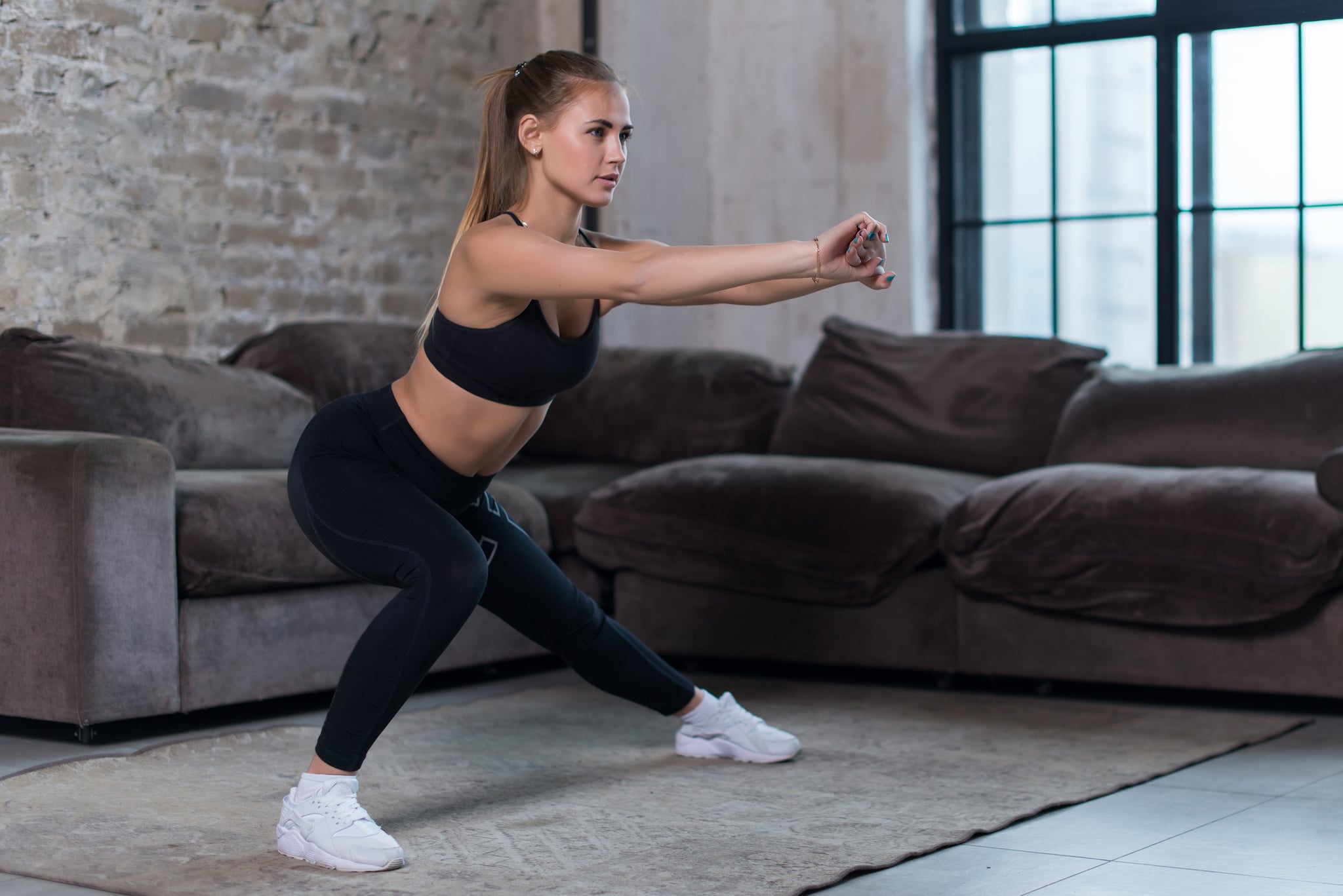
You've got traditional squats in the bag, and you're ready to intensify your favourite move. Let me introduce you to cossack squats, the squat variation that challenges the mobility, flexibility, and strength of your lower-body muscles, joints, and ligaments.
Actually, Allison Jackson, NASM-certified personal trainer and the owner of Allison Jackson Fitness, can introduce you, as she's the one who put me onto this variation. I wanted a squat modification that activates my core and lower back. Jackson says that cossack squats do just that, while targeting the quads, hamstrings, glutes, and hip adductors.
"Given the flexibility, mobility, and strength needed, [cossack squats] are an all-in-one exercise that works the entire leg, from the hips and groin to the hamstrings, quads, butt, calves, and ankles," she says.
Before performing cossack squats, Jackson wants you to warm up by marching in place, followed by jumping jacks, high knees, butt kicks, straight-leg toe touches, and regular full squats. To cool down, she suggests slowly marching in place, bringing your knee to chest and holding, stretching your quads by grabbing your ankle behind your leg and bringing it to your butt, and doing static straight-leg toe touches.
Now it's time to get to work — follow Jackson's cossack squat instructions below, and incorporate the move (as many reps as you can do!) into your fitness routine 2-3 times a week for the best results.
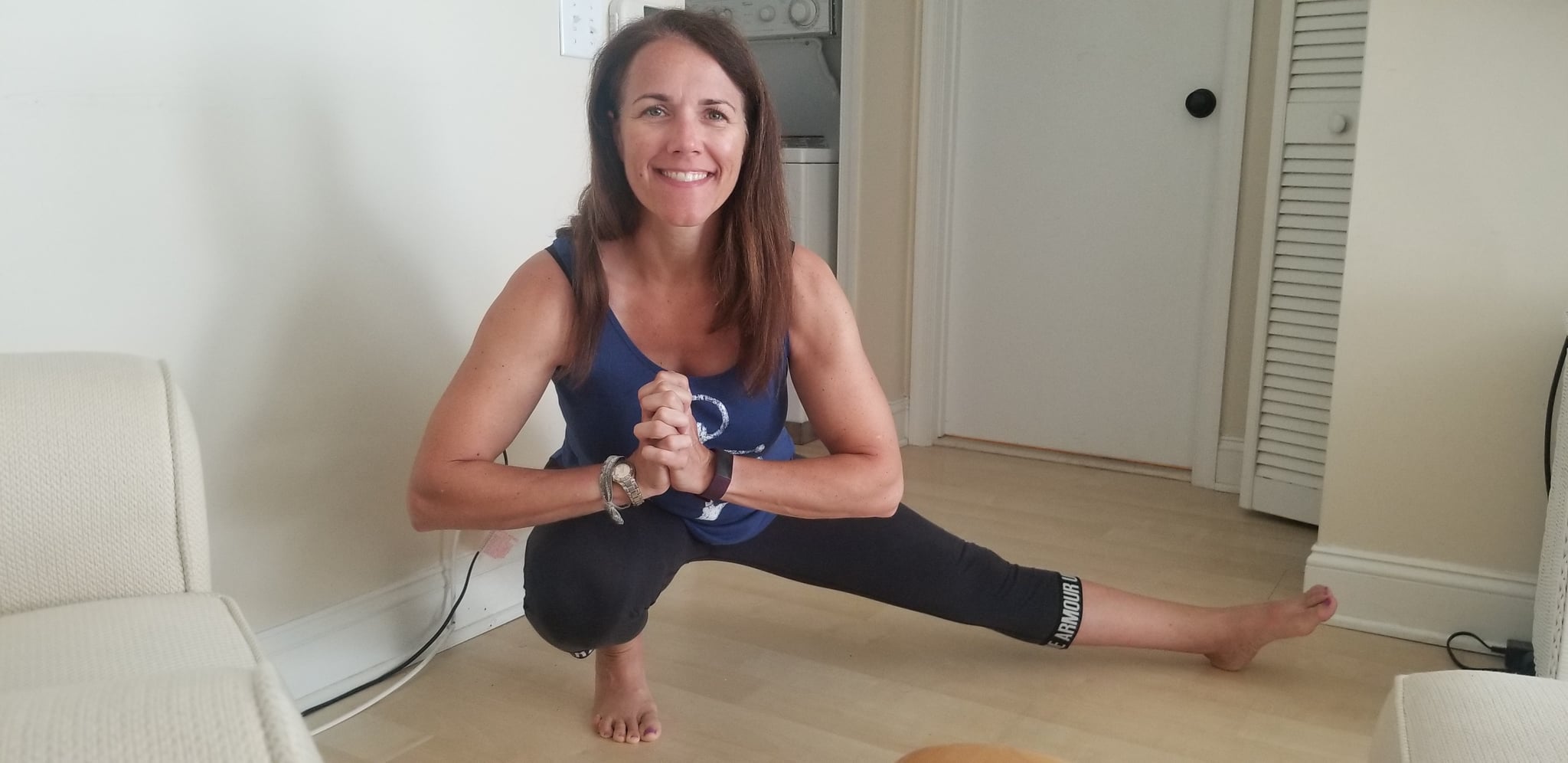
- Stand tall and spread your feet apart, slightly wider than hip-distance apart.
- Slowly lower down to one side, keeping your butt back, chest up, and heel flat on the ground. The foot of your stretched-out leg can be flexed to offer the maximum range of motion.
- During your first few attempts, hold on to a couch, wall, or bench (really anything!) as you lower down. This way, you can gauge your flexibility and strength while avoiding overstretching injuries.
- Bring your hands together in front of your chest for balance.
- Slowly raise up, come to the centre, and lower down to the other side.
- Start with no weights, working on your balance, flexibility, and stamina. Gradually add a dumbbell or kettlebells.
Click here for more health and wellness stories, tips, and news.

